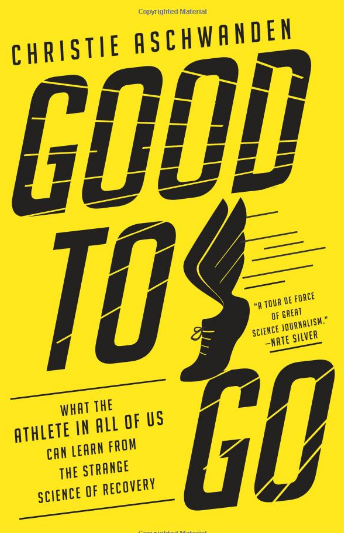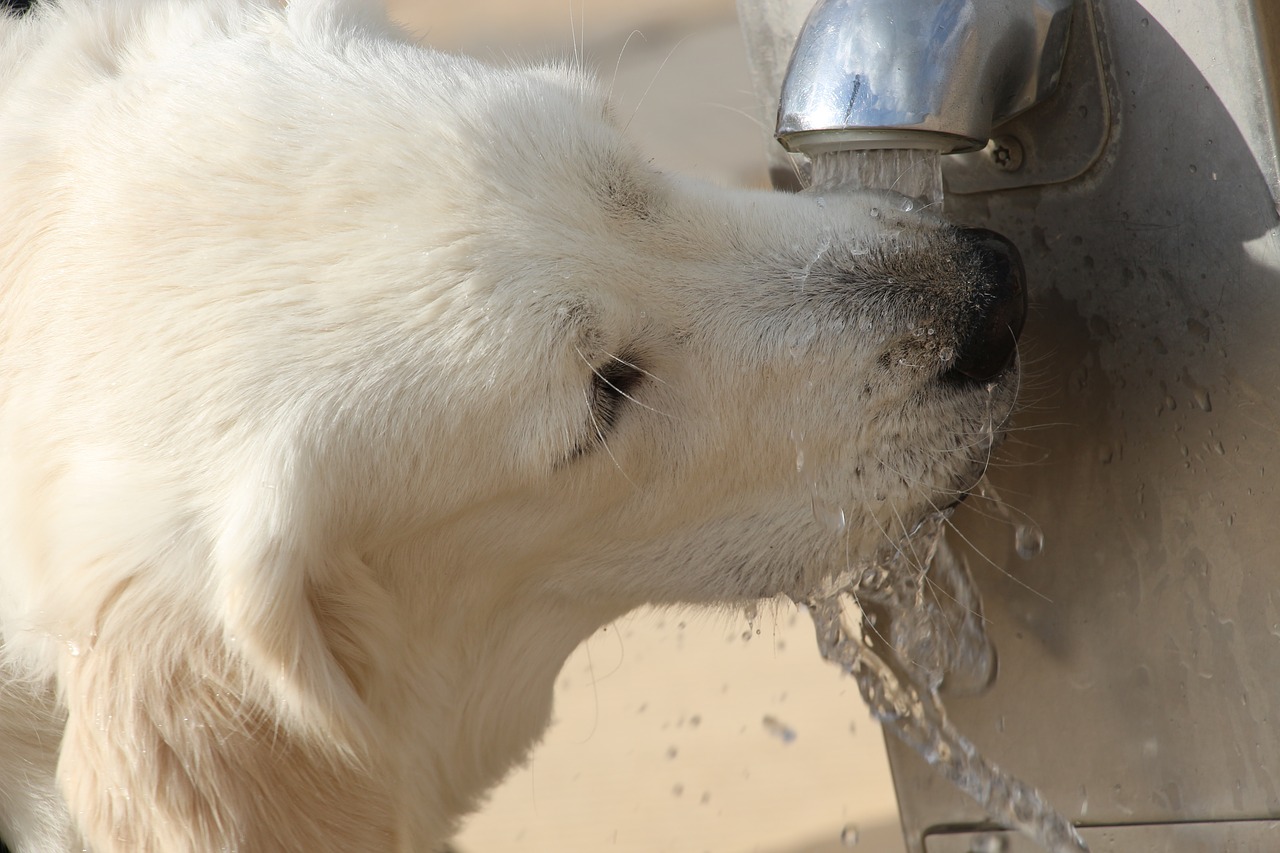Declutter your Training
Throughout my blogs I have often tried to help you declutter your training habits and programme. Essentially strip it back to what works and spend less time faffing. I’m not really bothered about the cost of the foam rollers, trackers, supplements, compression garments and magnetic wristbands. Or the potions, lotions, isotonics and sachets of magic rocket fuel. Nobody is forced into these purchases. But I worry about the faffing. To be more accurate I worry that the athletes I work with, and know, are worrying about all this “stuff”, when the evidence suggests that the “stuff” contributes very little, if at all, to their training success. It is a cycle of worry that gets in the way of enjoyment. To make myself crystal clear… I worry that you are worrying about something that is not worth worrying about.
So it was a massive relief to find that I am not alone in this struggle. I stumbled upon the book “Good to Go: What the Athlete in All of Us Can Learn from the Strange Science of Recovery” by Christine Aschwanden. It’s a great book and will help you declutter. I felt the book was just as much about training as it is about recovery… but then again they are one and the same thing. (It is available at Amazon here)
Then Christine only went and popped up on one of my regular BBC podcast favourites where they dived into the books contents. You can listen here.
Or you can read a brief summary of the podcast in this BBC article here.
I read some of the Amazon reviews of Christine’s book . Most were very supportive, but a few were a little sniffy. The complaints seemed to be around “negativity”. One reviewer stated “when is the author going to believe in something”. Another complained “the author looks to debunk every recovery method… save your money”. (As I said earlier… it’s your money). Unfortunately there is something awry here. You see the author uses something to underpin her book, and the clue is in the title… science. The problem with science is that it is uncompromising. Science will ride rough shod over belief. But belief is strong, it has to be, otherwise it would be unbelievable. Folks invest time in their beliefs, they value them, and they share them. Belief can support hope. Perhaps it can be the fuel for expectation. I have a problem with this, and so does science. If you believe and trust that compression socks will aid your performance then where’s the harm? The problem is that’s not how beliefs work. A parallel thought process almost always pervades, and in this case it goes; “if I don’t wear my compression socks I won’t perform so well”. That is a much more negative framing of the belief. The athlete is ascribing a genuine personal performance value to the socks… in fact to the athlete they may become “invaluable”. BOOM! Science hates that word! Nothing is invaluable in science, it all has a value, and scientists will investigate, research and collect evidence to determine the value as exactly as they can. You can see what’s coming. What value does science put on the effectiveness of compression socks… let’s say it’s closer to none than some. We have an impasse between science and belief. Perhaps Christine’s book affronted some folks beliefs, and folks don’t like that.
I totally get it. Science can sometimes be heavy on the critical and light on the solutions. Christine’s book gave few concessions. And I can be a bit preachy. We could always look elsewhere for our wisdom.
“Look for the bare necessities,
The simple bare necessities,
Forget about your worries and your strife.
I mean the bare necessities,
Old Mother Nature’s recipes,
That brings the bare necessities of life.”
In his books Kipling portrays his bear as a strict law teaching educator. By the time Disney got hold of Baloo they preferred a laid back, jazz loving, free-styler, who wants you to strip it back to the basic essentials, trust in nature, and reduce your stress. I like that plan.
To find out if it works for you it would be best to try it. For a three week period I would ask you to declutter, reduce some of the belief baggage, listen to your body, and challenge a few habits. Here are some suggestions on how to do that.
Take a look what is on your body and remove anything that isn’t essential. I don’t mean piercings and body hair. I mean any compression garments, magnetic or ionic wrist bands, arm sleeves, and brightly coloured tape. Exercise as nature intended, but appropriately clothed of course.
Go metric free where possible. Monitor and record only what you genuinely need to for the three weeks. There will be some rides, runs and swims where you can forgo the numbers, ditch the watch, and enjoy them for what they are. Be aware of how you and your body feels during and after the activity. You are not a device.
Do not drink anything that is marketed as a “sports drink”, or has words like electrolyte or isotonic all over it. But still drink… just drink other stuff. Like water. We are sticking to nature’s recipes so definitely don’t drink anything that comes as a powder… drink the water that you would add to the powder. So mostly water. A bit of squash. A bit of fruit juice.
Do not “hydrate”, it’s an over-complication of something we use to call drinking. Keeping the body within it’s adequate hydration threshold is a self governing homeostatic process… and largely auto-regulated by our bodies receptors, organs and hormones. The “safe” threshold is relatively wide and the bodies systems are excellent at keeping you within it. Find your self under, and the trigger mechanism of thirst (and prior experience/education) will stimulate intake and absorption. Go over and you can rest assured you will be expelling the excess. The latter questions the value of the trend for high input daily hydration schedules. I quite regularly work with athletes who are never without a bottle in hand, and even use hydration apps that tell them when and what to drink. They tell me that they are “practicing” their hydration, or even training the system. You can do neither, you are either adequately hydrated within the threshold, or you are not. It is just more clutter, and another thing to worry about when the app crashes. And if your tipple of choice is something “sportsy” then it may be high in sodium, which the western diet is already soaked with. If you practice anything then make it an uncomplicated routine prior to exercise/competition. Here are The British Nutrition Foundations recommended guidelines:
Before Exercise
Drink about 500mls of fluid 2 hours before exercising to allow time for any excess to be lost in urine
Then drink a further 125-250mls immediately before exercise
Weigh yourself (see After Exercise below).
During Exercise
Drink small amounts regularly, aiming for 125-250mls every 10-20 minutes. You can maintain optimal performance by replacing at least 80% of sweat loss during performance.
After Exercise
You need to consume 150% of the amount of fluid lost during exercise to allow for the fluid that is naturally lost from the body via urine. For example, if you have lost 1L of fluid, you need to drink 1.5L.
The easiest way to calculate your fluid loss is to weigh yourself before and after training. 1kg of weight loss resulting from exercise, is roughly equivalent to 1L of fluid loss.
Weight loss in kilos then needs to be multiplied by 1.5 to calculate the amount of fluid to consume.
This does not need to be consumed all at once, immediately after exercise. Aim for 500ml immediately after training, then consume the remainder at intervals afterwards. (note to reader… don’t be doing the weighing thing all the time, it can become clutter, but do it periodically to familiarise yourself with your own hydration specifics)
For three weeks avoid the expensive marketing magic products, definitely ditch the sipping schedule, trust your kidneys, stick to something like the BNF pre-activity guidelines, and spend your savings on some dumb bells.
Tidy up your post exercise recovery strategy. Recovery has become a stand alone branch of the exercise world, and you know what that means… systems, fads, products, sleep therapists, hearsay, myth and pseudo-science. First off, the human body is brilliantly effective at recovery if you leave it well alone to do what it wants to do… which is exactly the same as a Labrador. After a hard afternoon chasing tennis balls your Labrador will pile out of the Volvo, find a bowl of water, lap it down, slope off to somewhere quiet and shady, and have a kip. Funnily enough that is the most evidence based and effective recovery plan for a human athlete as well as a canine one. But we don’t do it do we. We “intervene” with loads of stuff.
Carb and mineral infested recovery drinks that are generally unnecessary and no more effective than semi-skimmed milk.
Costly protein shakes that must be forced down within 30 mins of finishing when in most cases you could just spread your protein intake throughout the day and eat on your own terms, and it will be just as effective.
Going to work. Yup, I mean it. If you smash a high intensity session in the early morning your inner Labrador will be looking for a place to slope off to… and that won’t be work. Of course you can train and work… but factor in the timing of your high intensity sessions.
Foam rollers, rub downs, lacrosse ball torture… don’t get me started on that. You’ve finished working a muscle group very hard, and it has just begun to start it’s terrifically effective process of physiological and structural recovery, and also one that may provoke positive adaptation for your next work-out. And what do you do… smash it into a contused state with a lacrosse ball. It is unnecessary and in-effective madness. Labradors are smarter than that, they would take the ball and bury it in the garden, and then have a solid kip.
Think about this thing called recovery runs, or recovery rides. First off lets be honest with ourselves… the genuinely appropriate name for one of these is “another run”. If you take your training week it will contain a certain “demand” in terms of volume of runs/rides etc. There may be variation in intensity, frequency and distance which alters demand. Add another run to the week and you will increase volume, which can only increase the given total demand for that week. So effectively you are increasing demand to help aid recovery… which is deeply counter-intuitive. But before folks get all prickly, I am absolutely aware of the fact that for some of you a recovery run/ride may be a perfectly valid activity. Psychologically it may help you rationalise how your body is feeling, and physiologically there may be some low level benefits… but only if it is short enough and has very low intensity. Otherwise it is additional cumulative demand. Training is about the response to demand, and if your body can respond favourably to this additional demand, then it is simply part of your training. If not… you should be sleeping more, have a walk and a wee stretch, and read a book. That is recovering.
Please try this for 3 weeks. Strip away all the faff and train as mother nature intended, and it might catch on. I’m done now and am about to find my grass skirt, slope off to a tree, have a scratch, and listen to some jazz… we’ll leave it to Baloo to wrap up.
“You’re working too hard,
Don’t spend your time looking around,
For something that can’t be found.
When you can find you can live without it,
And go along not thinking about it.”






Comments are closed.